Science Experiments to Do at Home With Kids
Turn your kids’ boredom into a learning experience with these at-home science experiments!
Updated April 8 2020, 1:42 p.m. ET
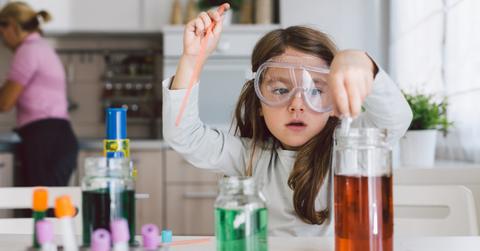
We’re at week — honestly, who knows at this point? — of coronavirus self-isolation and we would all be kidding ourselves if we didn’t admit that children are getting bored. Ugh... Who are we kidding? It’s not just children that are feeling the symptoms of cabin fever. Adults are bored, too, whether you are a parent or not. Right about now, we could all use a little boost. After all, the Netflix, the popcorn-eating, the watching the bird feeder 24/7 — they just don’t hit like they used to. A few at-home science experiments that families can do together might just do the trick.
Looking for new, fun, and educational activities to do with your kids? A few kid-friendly science experiments are all it takes to save the entire family from full-on going stir crazy.
Keep reading for seven science experiments to do at home with kids!
Walking Water
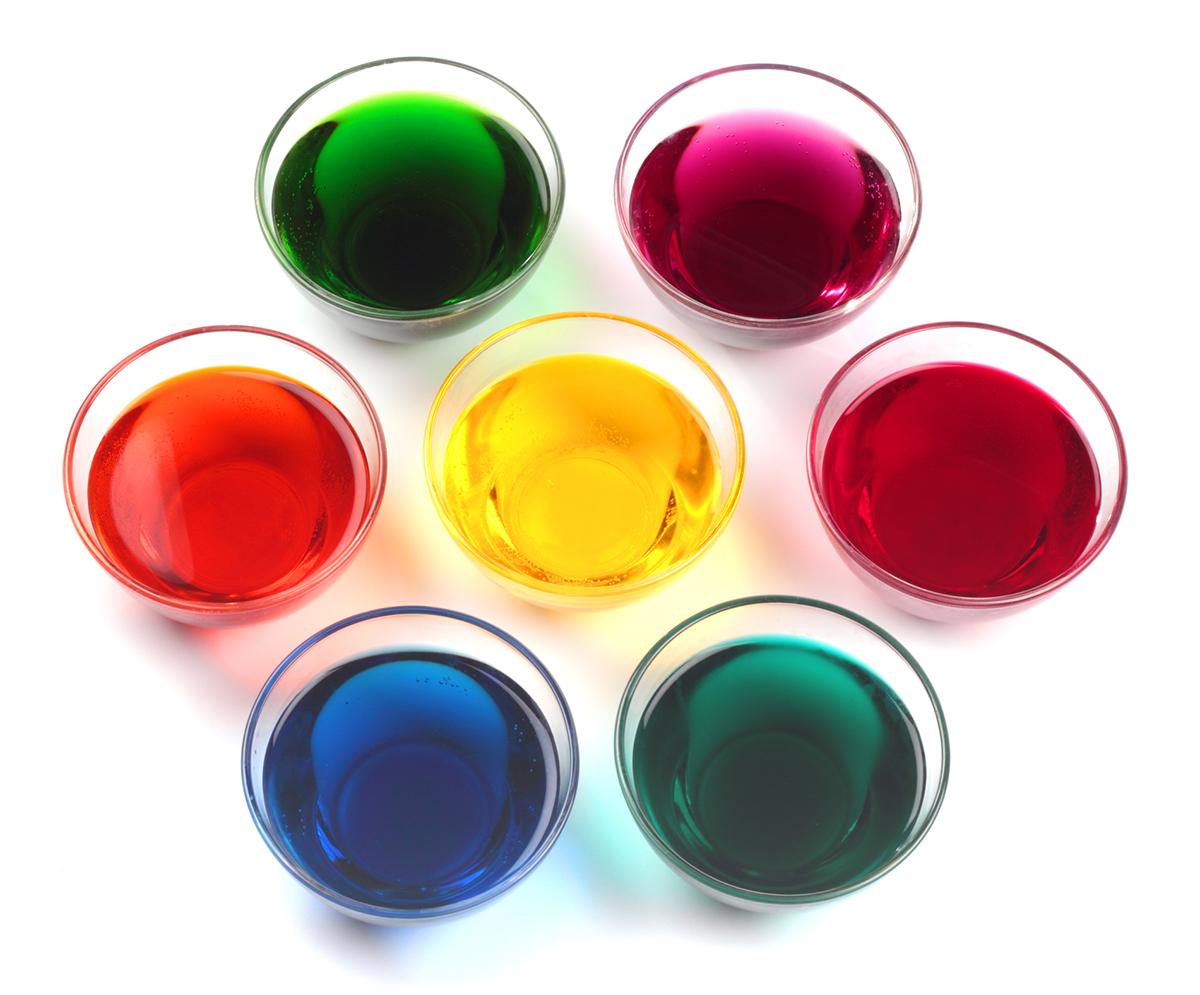
Did you know that water can walk? That’s pretty cool in and of itself but add a few drops of food coloring and you have yourself an even cooler walking water experiment — a rainbow one. You will need six glass jars, blue, yellow, and red food coloring or watercolor paints, water, and some paper towels. Fill three jars with water, then add one color of dye to three of the jars. One jar should be red, one should be blue, and one should be yellow.
Arrange the jars in a circle, leaving an empty jar in between each color. The arrangement should look like: red, empty, blue, empty, yellow, empty, and then because they are arranged in a circle, the red water jar should be next to that last empty jar.
Ask your kids: What will happen when we add the paper towels? What color do you think each of the clear jars of water will turn? What color will red and blue make? What color with red and yellow make? Blue and yellow? Will the water stay in the original jars or will it travel through the paper towel into the empty jars? Write down each child’s predictions before adding the paper towels.
To make the water “walk,” you will need six paper towels. Fold each one in half twice, making it into a long strip. Dip each strip into one color, then connect it to the clear water jar next to it. Watch as the water “walks” slowly up each strip of paper towel, adding water to the empty jars and mixing the colors to boot.
This science experiment was adapted from Messy Little Monster, where you can find downloadable prediction sheets and a full set of instructions.
Water Penny
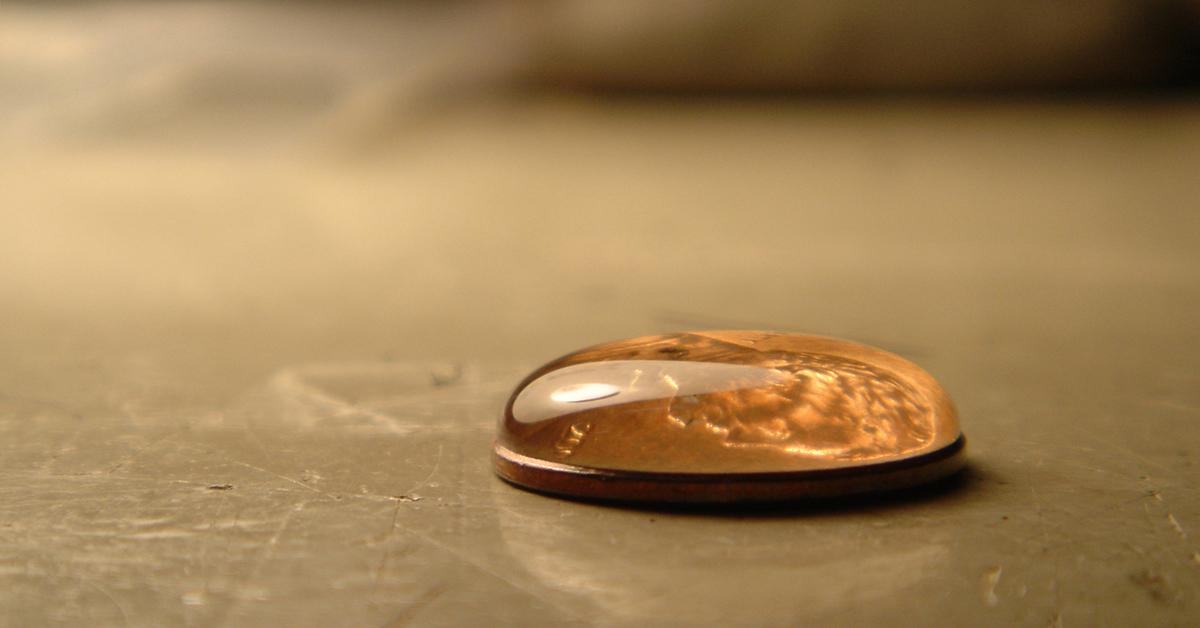
If you have young children, this is a classic science experiment that seeks to answer the question: How much water can fit on the face of a penny? In fact, you may remember this one from your elementary school days. It’s fun and interactive, plus it offers a meaningful lesson on surface area and the difference between liquids and solids.
For this science experiment, adapted from Rookie Parenting, you will need water, an eyedropper, and a coin, preferably a penny. Start by asking your children for their predictions. How many droplets of water do you think will fit on the face of a penny? Write down everyone’s predictions (also known as hypotheses!) and come back to them after the experiment is done.
Using a droplet, add drops of water one by one to the face of a penny. Make sure to count each droplet as you add it. You can even use a pen and paper to keep track. The water will begin to form a dome shape as you add more and more. Keep counting, then stop once the water eventually spills over. Whose prediction was closest to the actual number? Great work!
You can continue variations of this experiment by using different coins — quarters, nickels, dimes — or by using different liquids: oils, liquid soap, etc. How do the different coins and liquids compare to the original water-on-a-penny experiment?
Grape Dance
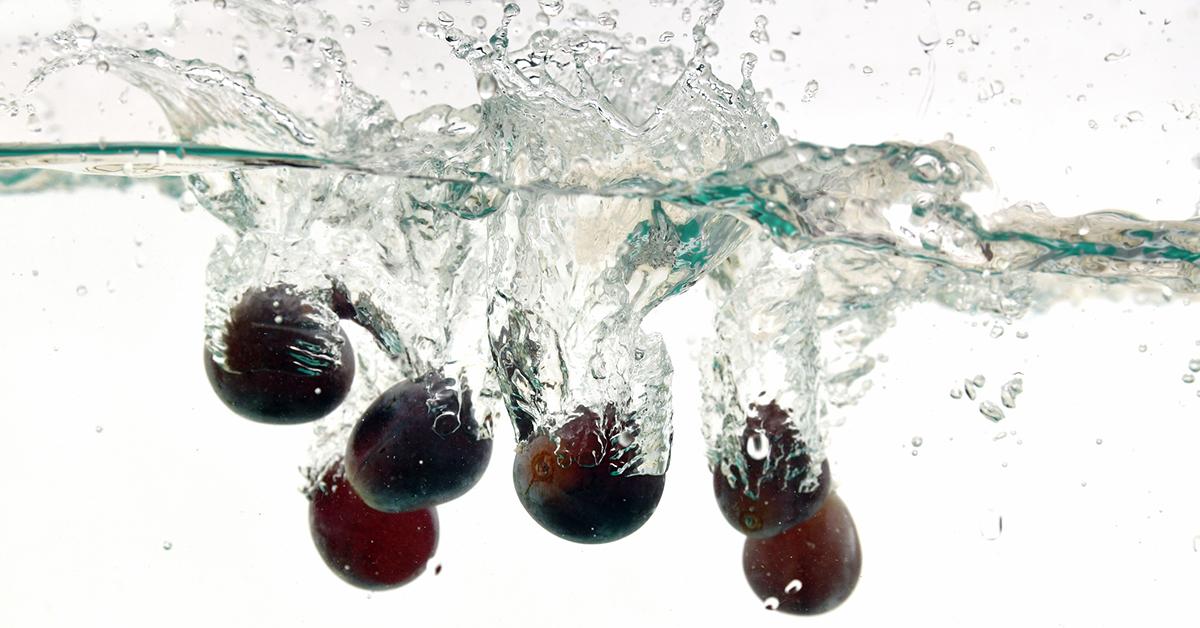
Here’s a fun one your kids have probably never tried in school before, found on Raising Dragons. Can you make grapes dance? You will need seltzer water, grapes, and a big vase or glass. (If you don’t have grapes, raisins will work as an alternative.)
Start by having each child make their predictions: What will happen when you add grapes to seltzer water? Will they float? Sink? Or, like the title of the experiment, will they dance?
Once the predictions are all written down, fill the base of your vase with three-quarters cup of seltzer water. Add a few grapes to the seltzer and watch what happens. Whose prediction was right?
Grapes have a heavier weight than water; raisins do, too, that’s why they also work for this experiment. Because both items are heavier, they sink to the bottom of the vase, but then the carbon dioxide in the seltzer’s fizzy bubbles catch up to them. The CO2 attaches to the grapes (and raisins) and causes them to rise. But once they get to the top, the bubbles pop and the grapes go back down, once they get to the bottom, the process happens all over again, hence: The dance!
Lava Lamp
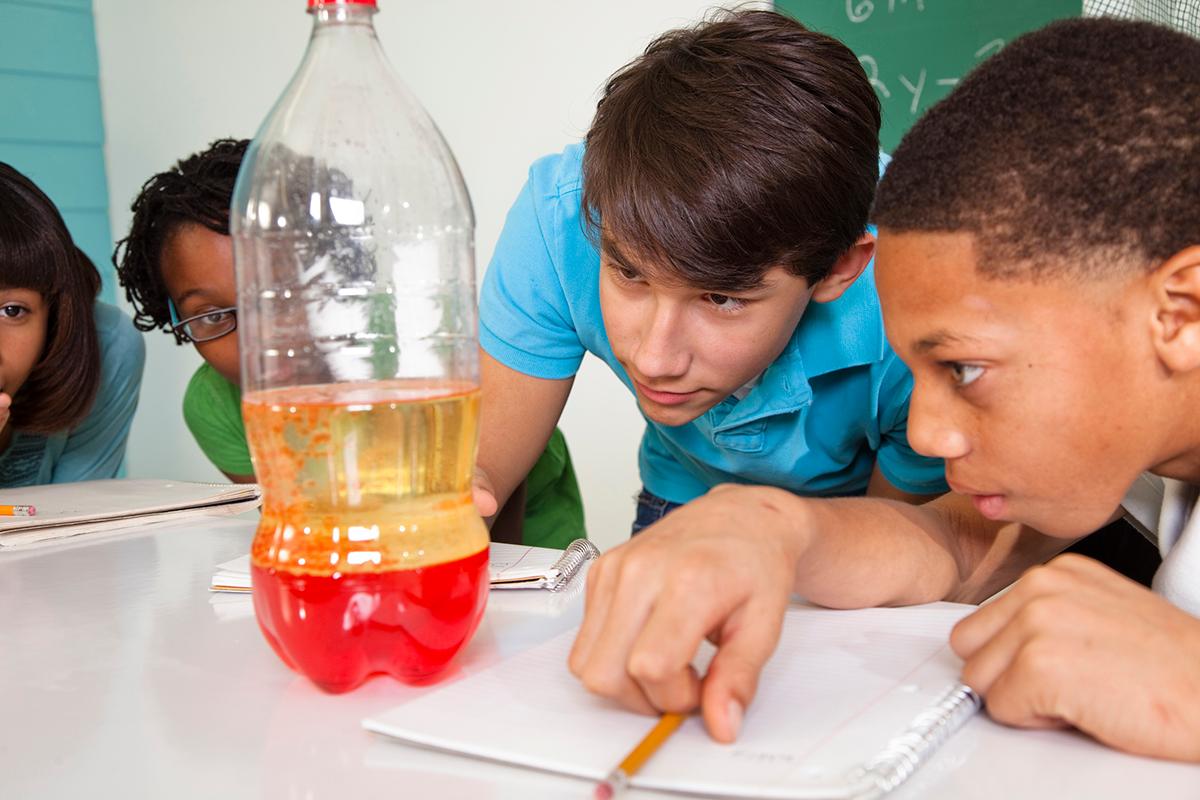
No need to spend $20 on a lava lamp when you can make one yourself with this lava lamp science experiment. For this experiment, adapted from Natural Beach Living, you will need bottles, canola oil, food coloring, and an antacid tablet. Fill each bottle 75 percent of the way with canola oil, filling it the rest of the way with water. Add up to five drops of food coloring to each bottle, then drop an antacid tablet in each “lamp.” Make sure to cap the bottle to avoid any accidental spills.
The antacid tablet stimulates the creation of bubbles, making for a “lava lamp” effect. Once the antacid tablet dissolves completely, the lava lamp effect will stop. But that doesn’t mean the scientific fun has to stop — just add another tablet and watch the colored bubbles start all over again!
Magic Milk
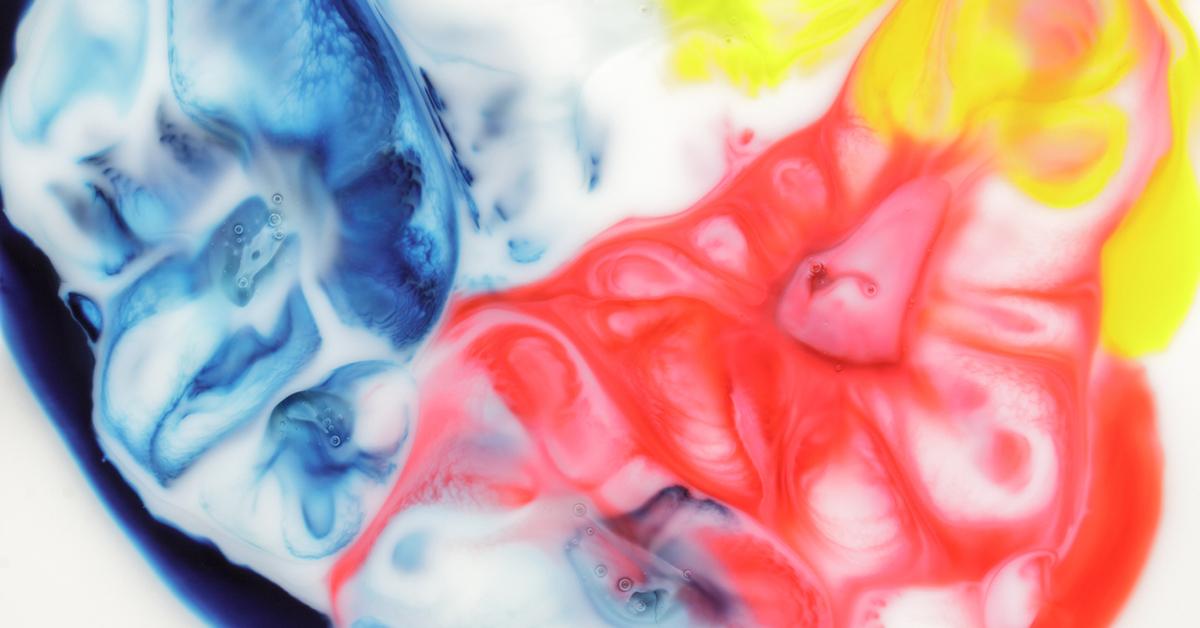
Can milk be magic? Let’s find out. For this experiment — adapted from Little Bins for Little Hands — you will need full-fat milk, food dye, Dawn liquid dish soap, and cotton swabs or a zero-waste alternative to cotton swabs.
Pour your milk into a baking dish that isn’t too deep. (You want to be able to see the magic happen!) You only need enough milk to cover the bottom of the dish. Next, add a bunch of different food dye colors and mix them all up. Add a little bit of Dawn liquid dish soap to your magic milk mixture and coat your cotton swab with the soap. Now, touch the tip of the soaped-up cotton swab to your magic milk colors and watch what happens.
Here’s a little scientific breakdown for you: The fats, minerals, and proteins in the milk change when the dish soap is added. Molecules in the soap “chase” the fat molecules in the milk, which makes for a beautiful chemical reaction that looks like a rainbow or fireworks.
Disappearing Egg
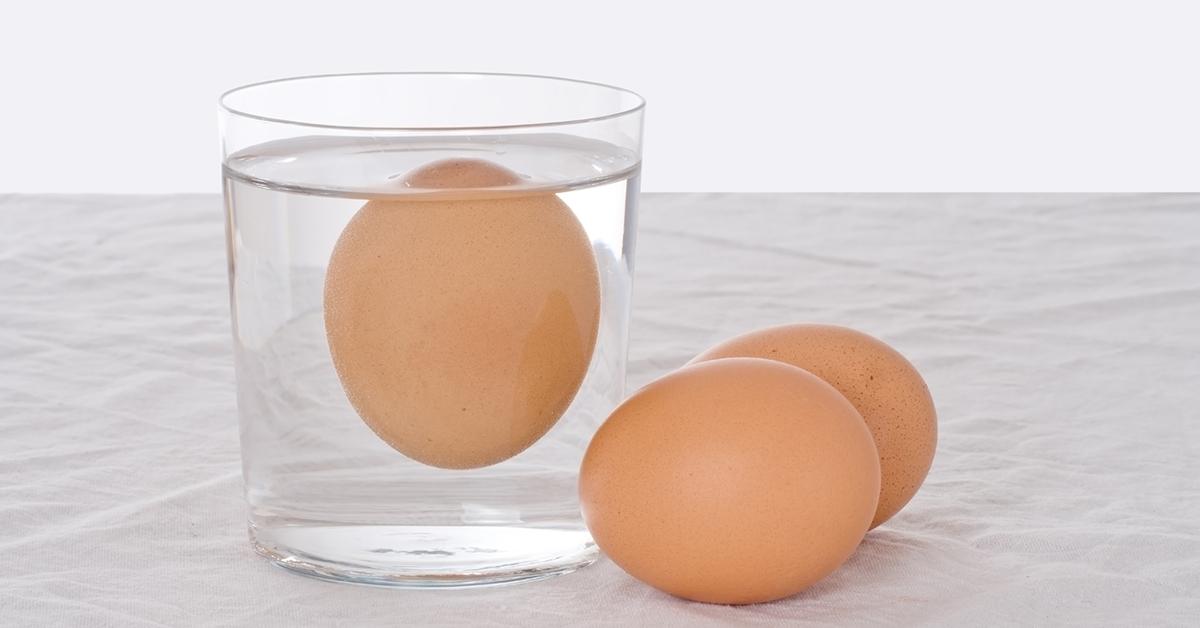
The Disappearing Egg from Premeditated Leftovers is a fan-favorite and it’s perfectly on theme for the upcoming Easter holiday. Can you make an egg disappear with just a jar and some white vinegar? Let’s find out.
First, have your kids write down their predictions. How will the egg react when it is submerged in water? Will nothing happen, will the whole egg disappear, or will just the shell disappear? Will something else happen entirely — like a color change or change in consistency?
You will need one egg, a mason jar, and white vinegar. Put your egg inside the mason jar and then fill the jar with white vinegar. Make sure to leave some space at the top of the jar, about ½ inch, to account for the gas that will accumulate at the top. Put the lid on. What happens?
The vinegar causes the shell of the egg to dissolve thanks to a chemical reaction. Eggshells have calcium carbonate — which is what makes them an excellent addition to your backyard compost! The calcium carbonate acts similarly to an antacid tablet, breaking down and producing bubbles and releasing carbon dioxide gas. Once you’re done with this experiment, add the shell-less egg to your compost!
Shaving Cream Rain Clouds
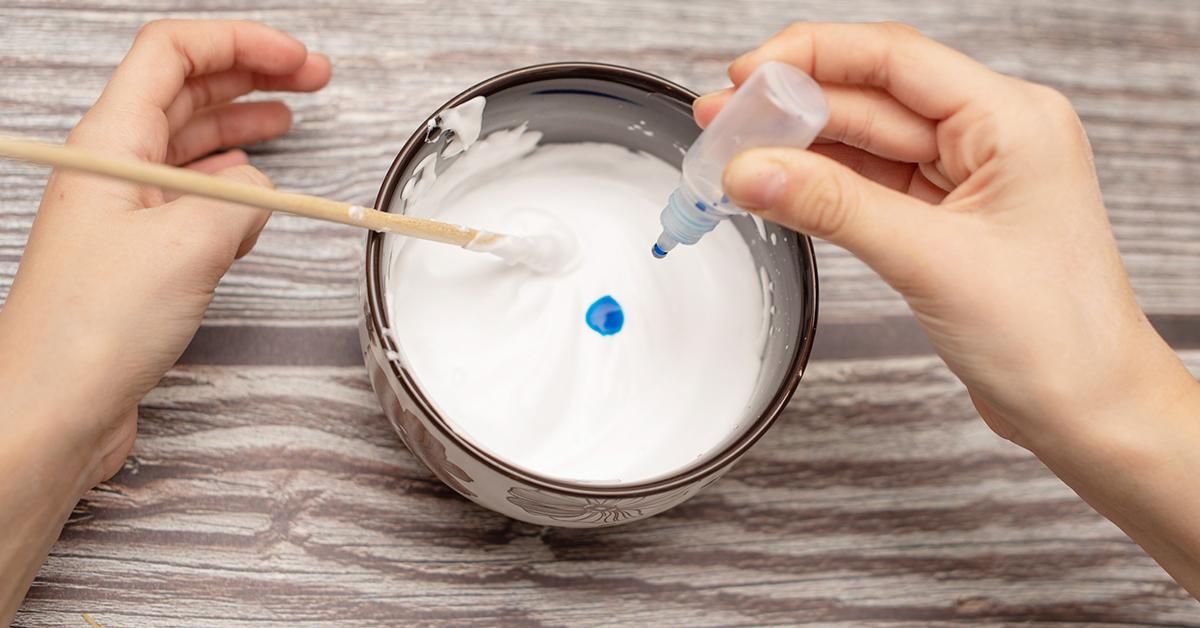
How do clouds make rain? A little bit of Barbasol shaving cream could help you and your kids learn exactly how.
Adapted from Mrs. Jones Creation Station, you will need clear jars, Barbasol shaving cream, and blue food coloring for this science experiment about weather. Add some water to the jar. Next, add a “cloud” of shaving cream on top. In this experiment, the water symbolizes air and the shaving cream symbolizes water droplets. Add a few droplets of blue food coloring to the cloud, which symbolizes what happens when the cloud gets heavier.
The blue droplets of “rain” will fall into the rest of the jar, showing children that when clouds get heavy, it results in rainfall. Pretty cool, huh?